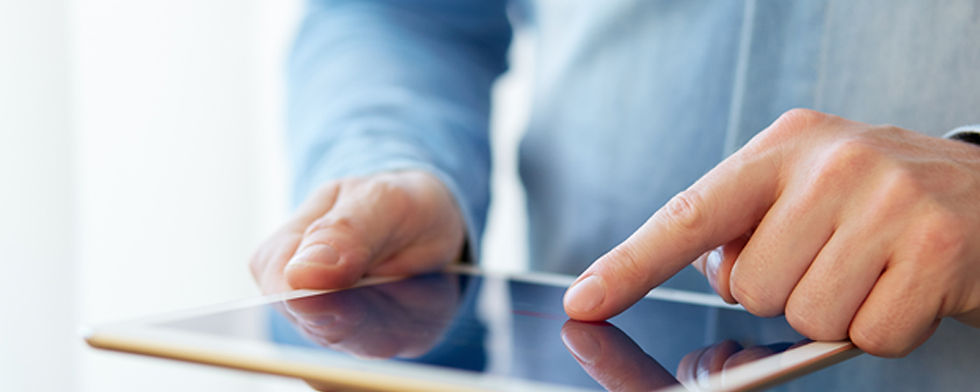There's an App For Hearing That
- Terri Gilmore
- Sep 1, 2020
- 2 min read
The last ten years have brought about significant improvements in hearing aids, thank goodness. Gone are the tan, clunky analog models incapable of the finesse needed to separate speech signals from useless background noise. Today’s hearing aids rely on digital platforms with programming flexibility for better personalization and the added benefit of being lighter, smaller and sleeker.
The digital age opened the door for the current round of amazing features of the modern hearing aid including signal amplification for clearer calls and advanced speech recognition bolstered by directional microphones and high-speed processing.
Like all things in our digital age, modern hearing aids can, of course, be linked to a smartphone. Similar to using a Bluetooth, the smartphone can send audio directly to a hearing aid. There’s also an app to allow the phone to act as a specialized remote to eliminate the traditional around-the-neck remote. Subtle volume adjustments can be made right from the phone.
Another benefit to the smartphone-aided hearing aid is that the phone can become a microphone to mitigate the challenges presented by multiple conversations in a busy setting, like a crowded restaurant. The phone can be placed in front of the person speaking and the conversation can flow easily over pasta and wine.
A smartphone’s tracking and analytics capabilities can also be leveraged by a hearing aid wearer to maximize the wireless hearing aid experience. A lost hearing aid can be located if it’s within a reasonable distance. If it’s not close, or if the battery has died, the phone can tell you the GPS coordinates of the hearing aid’s last location. On the analytics side, the phone keeps records of hearing aid usage and adjustments that can then be shared with a hearing healthcare provider to help craft custom treatment plans.
How much technology to use is a personal decision made across several buying platforms like TVs, computers, and household appliances to name just a few. More high-tech usually means higher pricing and faster battery drain and that is true with hearing aids, too. Another consideration is the relationship you have with your smartphone. If you are an active smartphone user and have your phone with you constantly, smartphone-enabled hearing aids may seamlessly fit in with your lifestyle. However, if you use your smartphone occasionally, or only for emergencies, there are better choices for you.
When researching options, make sure to ask about these features:
Telecoil Technology – Telecoils are wireless antenna available in most hearing aids. They can link into sound systems for more amplified sound. Background Noise Suppression – Since background noise is a lower frequency sound it can be separated and suppressed. Directional Microphones – More focused than a traditional omnidirectional microphone, a directional microphone is sensitive to sound coming from the area directly in front of it.
It’s a hyper-connected world and you can enhance your connection to the things that matter to you with proper hearing healthcare. Schedule a hearing evaluation today to get started.






Comments